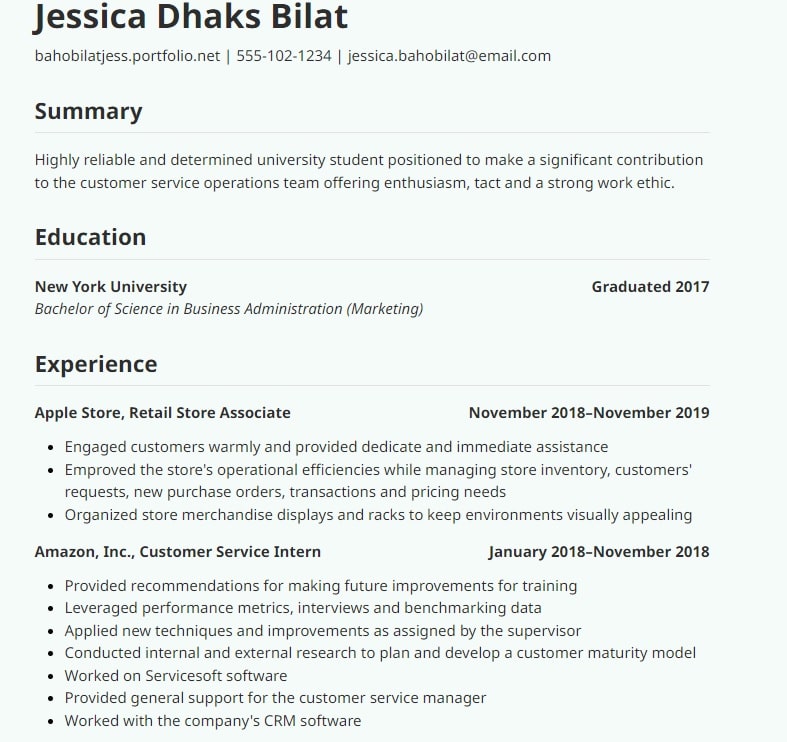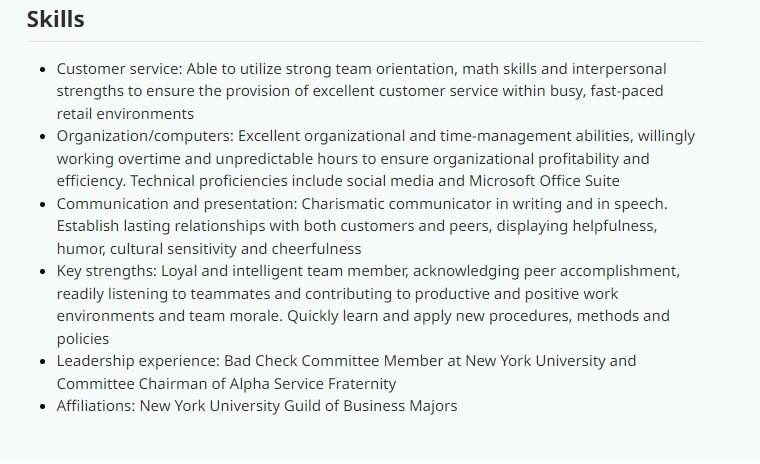Crafting a compelling undergraduate resume is crucial when applying to universities in the USA, Europe, or anywhere else. A well‑written resume highlights your academic achievements, skills, and experiences—while avoiding common pitfalls that can weaken your application. Follow this comprehensive, step‑by‑step guide to build a powerful resume that will get you noticed by admissions committees.
1. Choose the Right Resume Format
There are three main resume formats. Select the one that best showcases your strengths:
Chronological
Structure: Lists experiences in reverse‑chronological order (most recent first).
Best for: Students with internships, part‑time jobs, or consistent extracurricular involvement.
Sections: Header → Objective/Summary → Education → Experience → Skills → Additional Sections.
Functional
Structure: Emphasizes skills and achievements over dates.
Best for: First‑year students or those with limited work history but strong skills (e.g., programming, languages).
Sections: Header → Objective/Summary → Skills/Qualifications → Practical Projects/Volunteer Work → Education → Additional Sections.
Hybrid (Combination)
Structure: Blends chronological and functional styles—leading with skills, then a concise experience timeline.
Best for: Well‑rounded candidates with notable skills and relevant experiences.
Sections: Header → Objective/Summary → Key Skills → Experience → Education → Additional Sections.
Pro Tip: For USA universities, a chronological resume is typically preferred. In Europe, some programs appreciate a concise hybrid format that foregrounds your skills.
2. Craft a Simple, Impactful Contact Info Section
Place this at the very top—make it easy for admissions officers to reach you:
[Your Full Name]
City, State/Country • +[Country Code]-[Phone Number]
[[email protected]] • LinkedIn: linkedin.com/in/yourprofile
Portfolio: yourportfolio.com (if applicable)
- Bold your name, use a slightly larger font (16–18 pt) than the rest (10–12 pt).
- Include a professional email (avoid nicknames).
- Add a personal website or GitHub if you’re applying to STEM or art programs.
3. Write a Concise, Tailored Objective or Summary
Your career objective (or summary) should be 1–2 sentences that:
State your current status (e.g., “High school senior with a 3.9 GPA”).
Highlight your strengths (e.g., “strong analytical skills in mathematics and robotics”).
Specify your goal (e.g., “seeking admission to the B.S. in Computer Science at [University] to advance AI research skills”).
Example:
Objective:
High‑achieving high school graduate (GPA 4.0) with leadership experience as Robotics Club President and a passion for data science. Seeking admission to the undergraduate program in Computer Science at MIT to develop cutting‑edge machine learning solutions.
Pro Tip: For Europe applications, mention any familiarity with the language of instruction (e.g., “Advanced French speaker aiming for a B.Sc. in Economics at Sorbonne University”).
4. Showcase Your Education Section
Since you’re applying as an undergraduate, place Education near the top if you have limited work experience:
Education
[High School Name], [City, Country] — High School Diploma
Graduation: Month Year • GPA: 3.9/4.0 (Top 5%)
Relevant Courses: AP Calculus, AP Physics, IB Economics
Honors: National Merit Scholar, Science Olympiad State Champion
Include any dual‑enrollment college courses or summer programs (e.g., Harvard Summer School).
List academic awards, research projects, or publications.
For USA: Highlight SAT/ACT scores if app-required.
For Europe: Note AP, A‑Levels, IB, or local qualifications (e.g., Abitur, Baccalaureate).
5. Highlight Work Experience & Extracurriculars
“Experience” isn’t limited to paid jobs. Include:
- Internships
- Research assistantships (e.g., lab work at a local university)
- Volunteer roles (e.g., hospital volunteer, tutoring)
- Leadership positions (e.g., Student Council, sports teams)
- Freelance or entrepreneurial ventures
Write Achievement Statements Using SAR
- Situation: Context of your role.
- Action: What you did.
- Result: Impact quantified.
Example:
**Robotics Club President** | August 2021–May 2023
Lincoln High School, New York, USA
- Spearheaded a team of 15 students to design and build an autonomous rover.
- Secured $2,000 in funding from local sponsors, reducing project costs by 40%.
- Achieved 2nd place at the New York State Robotics Championship (out of 50 teams). Tip: Always quantify: “increased”, “reduced”, “achieved”, “led”.
6. Emphasize Your Skills Section
List 6–8 skills tailored to the program. Mix soft and technical:
- Technical Skills:
- Programming: Python, Java, C++
- Data Analysis: Excel, R, Tableau
- Design: Adobe Photoshop, CAD
- Languages: English (native), French (B2), Spanish (B1)
- Soft Skills:
- Leadership
- Problem‑solving
- Time management
- Cross‑cultural communication
7. Add Optional Extra Sections to Stand Out
Tailor these to your strengths and interests:
- Research & Publications (e.g., co‑authored a paper in the Journal of Youth Science)
- Certifications (e.g., Coursera Machine Learning by Stanford, DELE Spanish certificate)
- Awards & Honors (e.g., National Math Olympiad Gold Medal)
- Hobbies & Interests (e.g., competitive chess, improv theater)
- Projects & Portfolios (e.g., link to GitHub, Behance)
- Professional Affiliations (e.g., IEEE Student Member)
Note: Keep extra sections concise—no more than 3 items each.
8. Optimize for Applicant Tracking Systems (ATS)
Many USA and Europe universities use online portals:
Use Standard Headings: “Education”, “Work Experience”, “Skills”.
Include Keywords: From the program’s website (e.g., “sustainable development”, “bioinformatics”).
Avoid Graphics: Plain text formats parse best.
Submit PDF (unless specified otherwise) to preserve formatting.
9. Proofread & Polish
- Consistency: Uniform dates, fonts, bullet styles.
- Clarity: Short, direct bullet points—no dense paragraphs.
- Accuracy: No typos or grammatical errors.
- Feedback: Have teachers, mentors, or a writing center review your resume.
Undergraduate Resume Example


Undergraduate Resume Template
Use the following template to draft a successful undergraduate resume:
[First name] [Last name]
[Phone number] | [Email address] | [Professional portfolio or website]Professional Summary
[Two to three sentences that highlight your years of experience, relevant skills, education or certifications and achievements as an entry-level professional]Work Experience
[Job title] | [Employment dates] [Company name] | [City], [State]- [Job duty]
- [Job duty]
- [Job duty]
- [Job duty]
- [Job duty]
- [Job duty]
Education
[Degree], [Major] | [Date of graduation] [Name of School or University]- [Campus involvement]
- [Campus involvement]
Skills
[Relevant skill] | [Relevant skill] | [Relevant skill] | [Relevant skill] | [Relevant skill]Final Thoughts
Your undergraduate resume is your personal marketing document—make every word count. By choosing the right format, emphasizing your education, experience, and skills, and tailoring content for USA or Europe institutions, you’ll position yourself as a top candidate for admission. Start early, proofread meticulously, and don’t hesitate to seek feedback. Good luck crafting a resume that opens doors to your dream undergraduate program abroad!


